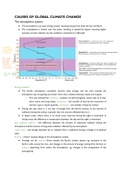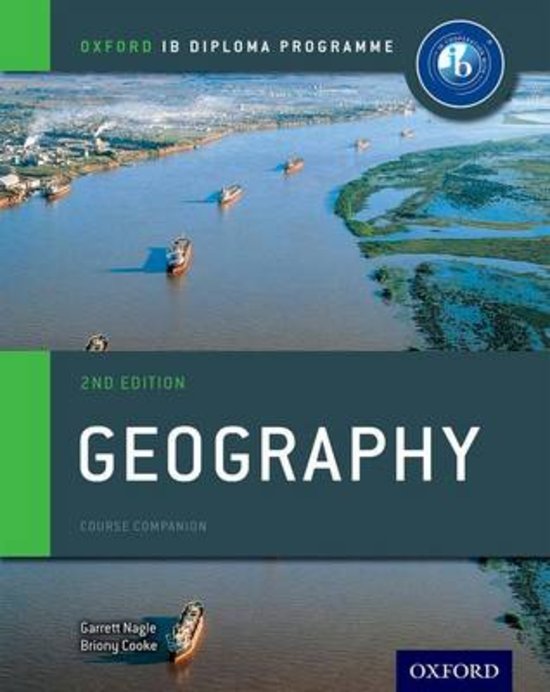Class notes
IB Geography Unit 2 (Global climate - vulnerability and resilience) notes
- Course
- Institution
- Book
Complete notes for IB Geography Unit 2 (Global climate - vulnerability and resilience), with all material required by the guide (including mandatory case studies), as well as additional case studies
[Show more]





